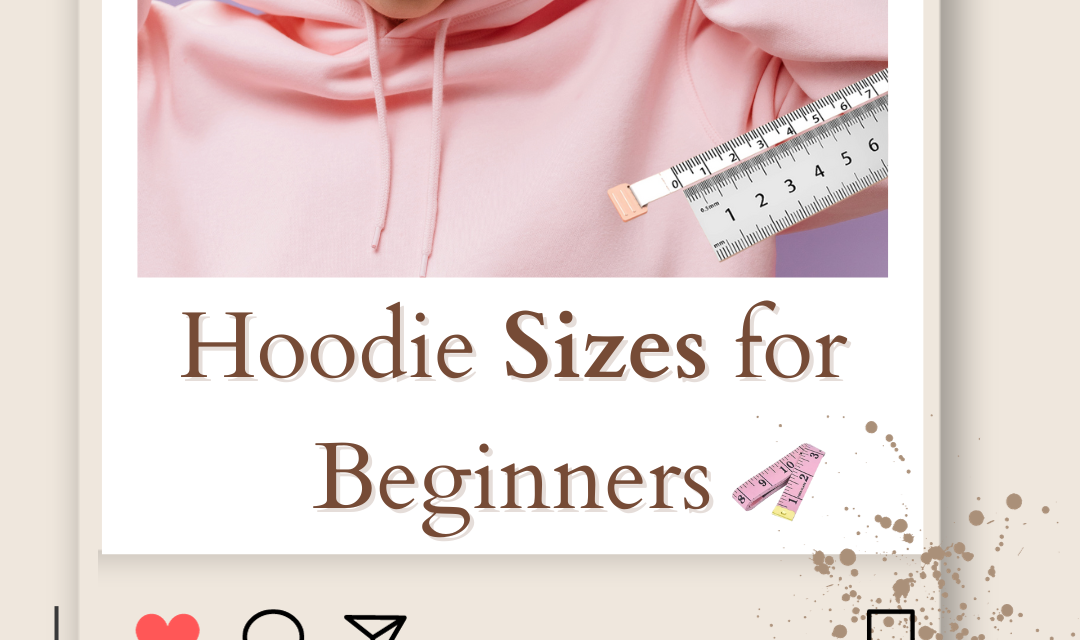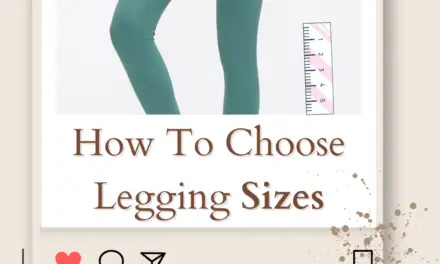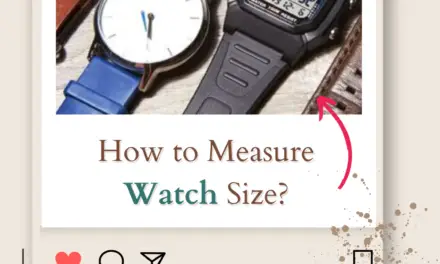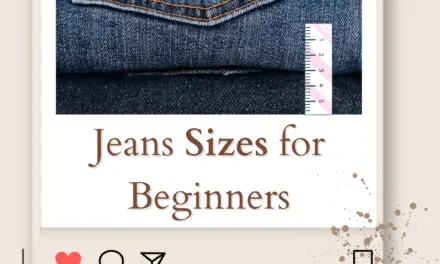What is a hoodie? A hoodie is a type of sweatshirt or jacket with a hood, often accompanied by a front pocket. It is a popular casual wear item, especially during colder weather. Choosing the right hoodie size ensures comfort and style. Here’s your comprehensive guide to understanding and selecting the perfect hoodie fit.
Understand Hoodie Sizes: Hoodies come in various styles, including standard, slim fit, and oversized. Standard sizes offer a classic, relaxed fit, while slim fits are more tailored. Oversized hoodies provide a loose, trendy look.
Take Accurate Hoodie Measurements:
- Chest: Measure around the fullest part of your chest, ensuring the tape is snug but not tight.
- Shoulders: Measure from one shoulder joint to the other, across your back.
- Length: Measure from the base of the hood to the hemline for accurate length.
- Sleeve Length: Measure from the shoulder seam to the cuff.
Understanding Standard Hoodie Sizes:
Standard hoodie sizes often range from XS to XL, catering to various body types. Check the Hoodie brand’s size chart as sizes may differ based on the manufacturer.
Different Types of Hoodie Sizes:
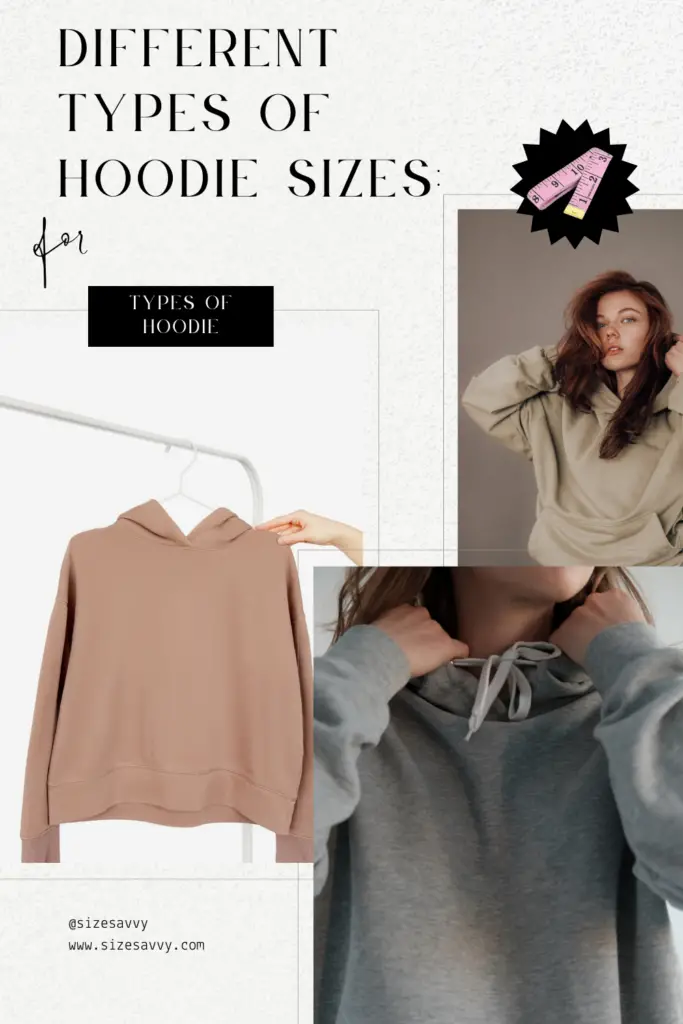
1. Regular Hoodies:
- Fit: Standard and relaxed.
- Best For: Everyday wear, layering, and versatile styling.
- Features: Comfortable fit around the chest and shoulders, providing ease of movement.
2. Slim Fit Hoodies:
- Fit: Tailored and snug.
- Best For Those who prefer a more fitted, modern silhouette.
- Features: Tapered around the waist and arms for a sleek appearance. Ideal for a polished, urban look.
3. Oversized Hoodies:
- Fit: Loose and baggy.
- Best For: Streetwear enthusiasts and anyone desiring a trendy, relaxed style.
- Features: Extra room in the body and sleeves, creating a laid-back vibe. Perfect for pairing with leggings or skinny jeans.
4. Cropped Hoodies:
- Fit: Shorter in length, often above the waist.
- Best For: Fashion-forward individuals looking for a youthful, edgy look.
- Features: Highlights the waistline, great for high-waisted bottoms. Offers a playful, energetic aesthetic.
5. Hooded Sweatshirts with Zippers:
- Fit: Similar to regular hoodies but with a zipper closure.
- Best For: Versatile layering and quick adjustments in varying temperatures.
- Features: The zipper allows for customizable ventilation. Easy to put on and take off. Often used as a light jacket replacement.
6. Pullover Hoodies:
- Fit: Pull-over style, no zippers.
- Best For: Classic hoodie enthusiasts valuing simplicity and coziness.
- Features: Warm and snug. Offers a clean, uninterrupted front, often showcasing bold graphics or logos.
7. Hoodies with Pockets:
- Fit: Regular or oversized, featuring front pockets.
- Best For: Practical individuals needing storage space or a place to keep hands warm.
- Features: The front pouch pocket adds functionality. Available in various hoodie styles, catering to diverse preferences.
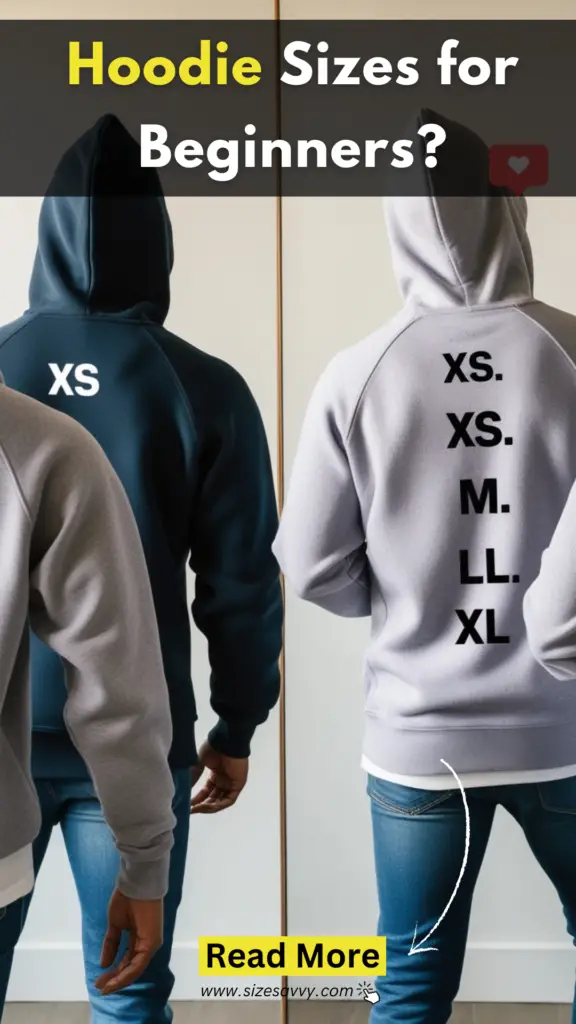
Men’s Hoodie Size Chart
| Size | Chest (inches) | Waist (inches) | Hip (inches) | Height (feet) |
| XS | 32 – 34 | 26 – 28 | 32 – 34 | 5’5″ – 5’7″ |
| S | 35 – 37 | 29 – 31 | 35 – 37 | 5’7″ – 5’9″ |
| M | 38 – 40 | 32 – 34 | 38 – 40 | 5’9″ – 5’11” |
| L | 41 – 43 | 35 – 37 | 41 – 43 | 5’11” – 6’1″ |
| XL | 44 – 46 | 38 – 40 | 44 – 46 | 6’1″ – 6’3″ |
| XXL | 47 – 49 | 41 – 43 | 47 – 49 | 6’3″ – 6’5″ |
| XXXL | 50 – 52 | 44 – 46 | 50 – 52 | 6’5″ – 6’7″ |
Please note measurements are approximate and can vary
Women’s Hoodie Size Charts
| Size | Bust (inches) | Waist (inches) | Hip (inches) | Height (feet) |
| XS | 30 – 32 | 23 – 25 | 33 – 35 | 5’1″ – 5’3″ |
| S | 33 – 35 | 26 – 28 | 36 – 38 | 5’3″ – 5’5″ |
| M | 36 – 38 | 29 – 31 | 39 – 41 | 5’5″ – 5’7″ |
| L | 39 – 41 | 32 – 34 | 42 – 44 | 5’7″ – 5’9″ |
| XL | 42 – 44 | 35 – 37 | 45 – 47 | 5’9″ – 5’11” |
| XXL | 45 – 47 | 38 – 40 | 48 – 50 | 5’11” – 6’1″ |
| XXXL | 48 – 50 | 41 – 43 | 51 – 53 | 6’1″ – 6’3″ |
Please note that measurements can vary
Hoodie Sizes for Kids:
| Size (Age) | Chest (inches) | Waist (inches) | Hip (inches) | Height (feet) |
| 2T (2 years) | 21 – 22 | 20 – 21 | 22 – 23 | Up to 3′ |
| 3T (3 years) | 22 – 23 | 21 – 22 | 23 – 24 | Up to 3’3″ |
| 4T (4 years) | 23 – 24 | 22 – 23 | 24 – 25 | Up to 3’6″ |
| 5T (5 years) | 24 – 25 | 23 – 24 | 25 – 26 | Up to 3’9″ |
| 6T (6 years) | 25 – 26 | 24 – 25 | 26 – 27 | Up to 4′ |
| 7-8 years | 26 – 27 | 25 – 26 | 27 – 28 | Up to 4’2″ |
| 9-10 years | 27 – 28 | 26 – 27 | 28 – 29 | Up to 4’6″ |
Please note that these measurements can vary
Hoodie Sizes for Teenagers:
| Size (Age) | Chest (inches) | Waist (inches) | Hip (inches) | Height (feet) |
| 12-13 years | 28 – 30 | 27 – 29 | 30 – 32 | Up to 5′ |
| 14-15 years | 31 – 33 | 30 – 32 | 33 – 35 | Up to 5’3″ |
| 16-17 years | 34 – 36 | 33 – 35 | 36 – 38 | Up to 5’6″ |
| 18-19 years | 37 – 39 | 36 – 38 | 39 – 41 | Up to 5’9″ |
Please note that these are approximate and can vary
Hoodie Lengths for Individuals Between 4 to 6.5 Feet tall:
| Height (feet) | Hoodie Length (inches) |
| Up to 4′ | 20 – 22 |
| Up to 4’2″ | 22 – 24 |
| Up to 4’6″ | 24 – 26 |
| Up to 4’9″ | 26 – 28 |
| Up to 5′ | 28 – 30 |
| Up to 5’2″ | 30 – 32 |
| Up to 5’6″ | 32 – 34 |
| Up to 5’9″ | 34 – 36 |
| Up to 6′ | 36 – 38 |
| Up to 6’3″ | 38 – 40 |
| Up to 6’6″ | 40 – 42 |
Please note measurements can vary
Choosing the Right Size Hoodie:
Selecting the perfect hoodie size is essential for comfort and style.
1. Understand Hoodie Sizing Charts:
- Consult the Size Chart: Each brand may have different sizing standards. Refer to the brand’s sizing chart to match your measurements with the appropriate size.
- Consider Fit Preferences: Decide if you prefer a snug fit, a relaxed fit, or an oversized look. Hoodies come in various styles, so understanding your preference is crucial.
2. Try Before You Buy:
- Visit a Store: If possible, try different sizes and styles in-store. This helps you understand how different fits feel on your body.
- Check the Shoulder Seams: The shoulder seams of the hoodie should align with your shoulders. If they droop down, the hoodie is too big. If they ride up, it’s too small.
3. Opt for Customization:
- Tailored Options: Some brands offer customization services where you can tailor the hoodie according to your measurements. This ensures a perfect fit.
4. Read Reviews and Seek Recommendations:
- Customer Reviews: Read online reviews to understand how the hoodie fits according to real customers. Pay attention to comments about sizing.
- Ask for Recommendations: If you’re uncertain, ask for recommendations from friends or online communities. Personal experiences can provide valuable insights.
5. Account for Shrinkage and Material:
- Check Fabric Composition: Hoodies made from natural fibers like cotton may shrink after washing. If you’re between sizes, consider sizing up to accommodate potential shrinkage.
- Follow Care Instructions: Always follow the care instructions provided by the manufacturer to maintain the hoodie’s size and shape.
6. Consider Layering:
- Layering Underneath: If you plan to layer your hoodie over other clothing, consider sizing up for a more comfortable fit without feeling too constricted.
Hoodie Colors for Different Occasions:
Hoodies are versatile pieces, and choosing the right color can elevate your look for various occasions.
1. Casual Outings:
- Neutral Tones: Opt for versatile colors like black, gray, or navy. These hues are timeless and can be effortlessly paired with different outfits.
- Earth Tones: Earthy colors like olive green, camel, or chocolate brown add a touch of sophistication to your casual wear.
2. Work or Business Casual Events:
- Classic Neutrals: Stick to classic shades such as charcoal, deep blue, or heathered gray. These colors exude professionalism and can be paired with dressier attire.
- Subtle Pastels: For a softer look, consider muted pastels like blush pink or light lavender. These shades add a subtle pop of color without being too overpowering.
3. Active Wear and Gym Sessions:
- Bright and Energetic Hues: Go for vibrant colors like electric blue, neon green, or fiery red. These shades reflect energy and enthusiasm, motivating you during your workouts.
- Color Block Designs: Combine multiple bold colors in a color block hoodie for a dynamic and sporty appearance.
4. Special Events and Parties:
- Rich Jewel Tones: Stand out at events by choosing jewel-toned hoodies such as emerald green, royal blue, or deep burgundy. These colors radiate sophistication and elegance.
- Metallic Accents: Consider hoodies with metallic details or prints for a trendy and eye-catching look at parties and social gatherings.
5. Outdoor Adventures:
- Camouflage Patterns: If you’re heading for outdoor activities, camouflage-print hoodies in earthy tones blend seamlessly with natural surroundings, making them a practical choice.
- High-Visibility Colors: For safety during outdoor activities, opt for bright hues like orange or fluorescent yellow. These colors ensure visibility, especially in low-light conditions.
6. Formal Occasions (Yes, Hoodies Can Work!):
- Monochromatic Elegance: Choose a hoodie in the same color as your formal trousers or skirt. Pairing it with matching pieces creates a cohesive and polished appearance.
- Velvet or Silk Finish: Opt for hoodies with a luxurious finish, such as velvet or silk blends. These materials elevate the overall look and make the hoodie suitable for formal settings.
Understanding Fabric Requirements for Hoodies
1. Cotton:
- Comfort: Cotton is breathable and soft, making it ideal for everyday wear. It’s perfect for mild weather and provides a comfortable experience.
- Durability: Cotton is relatively durable, ensuring your hoodie lasts through multiple washes and wears.
- Versatility: Cotton blends well with other materials, allowing for various design options and styles.
2. Fleece:
- Warmth: Fleece-lined hoodies provide exceptional warmth, making them perfect for chilly weather or as outer layers during colder seasons.
- Softness: Fleece is soft against the skin, enhancing overall comfort. It’s often used for cozy, loungewear-style hoodies.
- Absorbency: Fleece can absorb moisture, making it suitable for activewear hoodies worn during workouts or outdoor activities. Check out How to Measure Jeans Size, for more.
3. Polyester:
- Moisture Wicking: Polyester is excellent at wicking away moisture, making it ideal for sporty hoodies. It keeps you dry during intense activities.
- Durability: Polyester is highly durable and maintains its shape well, ensuring longevity for your hoodie.
- Lightweight: It’s lightweight, making it suitable for layering or hoodies worn during exercises.
4. Nylon:
- Water Resistance: Nylon is water-resistant, making it suitable for hoodies worn in light rain or misty conditions. It keeps you dry in damp weather.
- Windproof: Nylon provides some level of windproofing, ensuring protection against cold breezes.
- Toughness: Nylon is rugged and resistant to wear and tear, ensuring your hoodie lasts through rough usage.
5. Wool Blends:
- Insulation: Wool blends provide excellent insulation, keeping you warm in colder temperatures. They are perfect for winter hoodies.
- Softness: Wool is naturally soft and luxurious, providing a comfortable and cozy feel.
- Breathability: Wool blends often allow for proper air circulation, preventing overheating while maintaining warmth.
6. Jersey Knit:
- Stretch: Jersey knit fabrics offer excellent stretch, ensuring flexibility and freedom of movement. They are ideal for active and casual hoodies.
- Casual Appeal: Jersey knit has a relaxed appearance, making it suitable for everyday, casual hoodies.
- Breathable: It’s breathable, making it comfortable even during light physical activities.
7. Velvet:
- Luxurious Feel: Velvet adds a touch of luxury and sophistication to your hoodie, making it perfect for formal or evening occasions.
- Soft Texture: Velvet is incredibly soft to the touch, providing a comfortable wearing experience.
- Rich Appearance: It has a rich, lustrous appearance, enhancing the overall aesthetic of your hoodie.
Conclusion: Remember, the perfect hoodie not only fits well but also complements your style. Whether you prefer a snug fit or a relaxed vibe, understanding your measurements and the hoodie styles available will help you make the right choice. Stay cozy and fashionable in your new hoodie!
FAQs on Hoodie Sizes
How do I know my hoodie size?
To determine your hoodie size, measure your chest and waist circumference, then refer to the brand’s sizing chart for the best fit. Hoodies are typically designed with a relaxed fit.
What size is a 40-inch hoodie?
A 40-inch hoodie usually corresponds to a medium or large size, depending on the brand’s sizing chart. It’s important to check the specific brand’s guidelines for accuracy.
What is XL in a hoodie?
XL in hoodie sizing stands for extra-large, indicating a larger fit compared to smaller sizes like medium or large.
How big is L size hoodie?
The dimensions of a large (L) size hoodie can vary between brands, but it generally fits individuals with a chest measurement of around 40-42 inches.
How big is a size 42 hoodie?
A size 42 hoodie typically corresponds to a large or extra-large, depending on the brand’s sizing chart. It represents the chest measurement in inches.
Is a sweatshirt a T-shirt?
No, a sweatshirt is different from a T-shirt. While both are casual wear items, a sweatshirt is typically thicker, often with fleece lining, and has long sleeves. T-shirts are lightweight, short-sleeved shirts.
How long is the XXL hoodie?
The length of an XXL hoodie can vary between brands and styles. It usually provides extra length and a looser fit for individuals with larger body sizes.
How tall is a hoodie?
Hoodies don’t have a specific height measurement as they are designed to fit various body types. However, they typically cover the torso and part of the hips, providing a relaxed fit for comfort.

